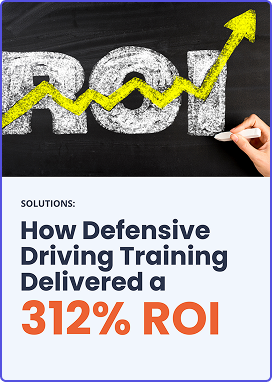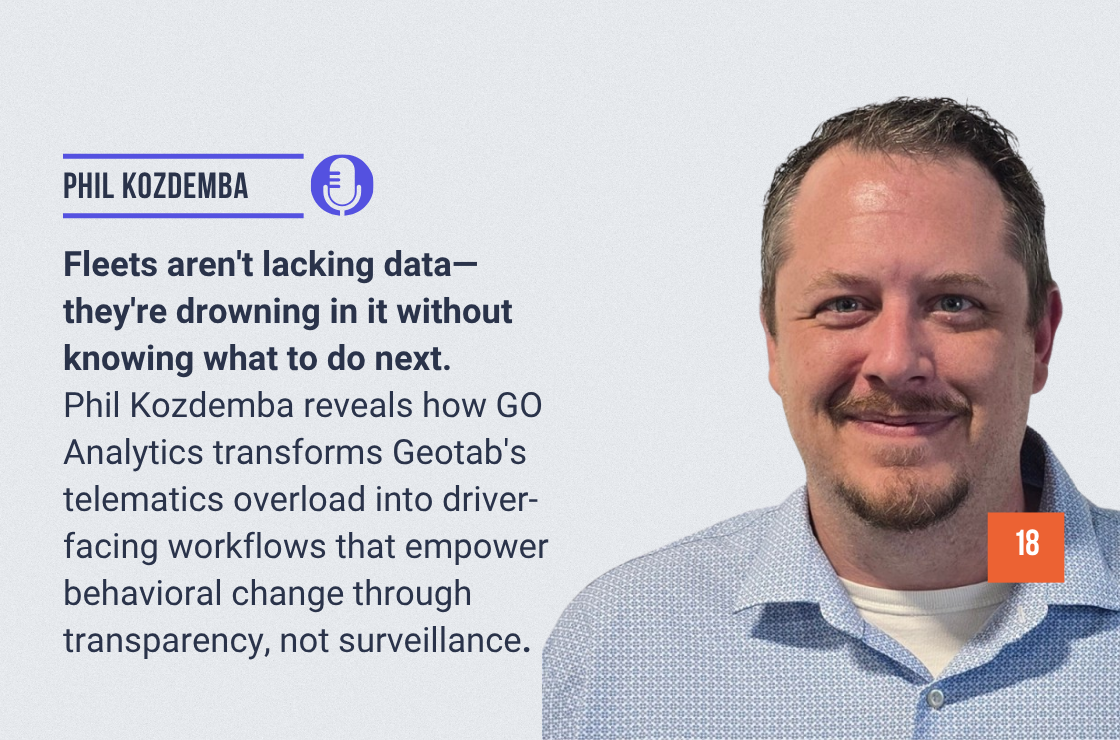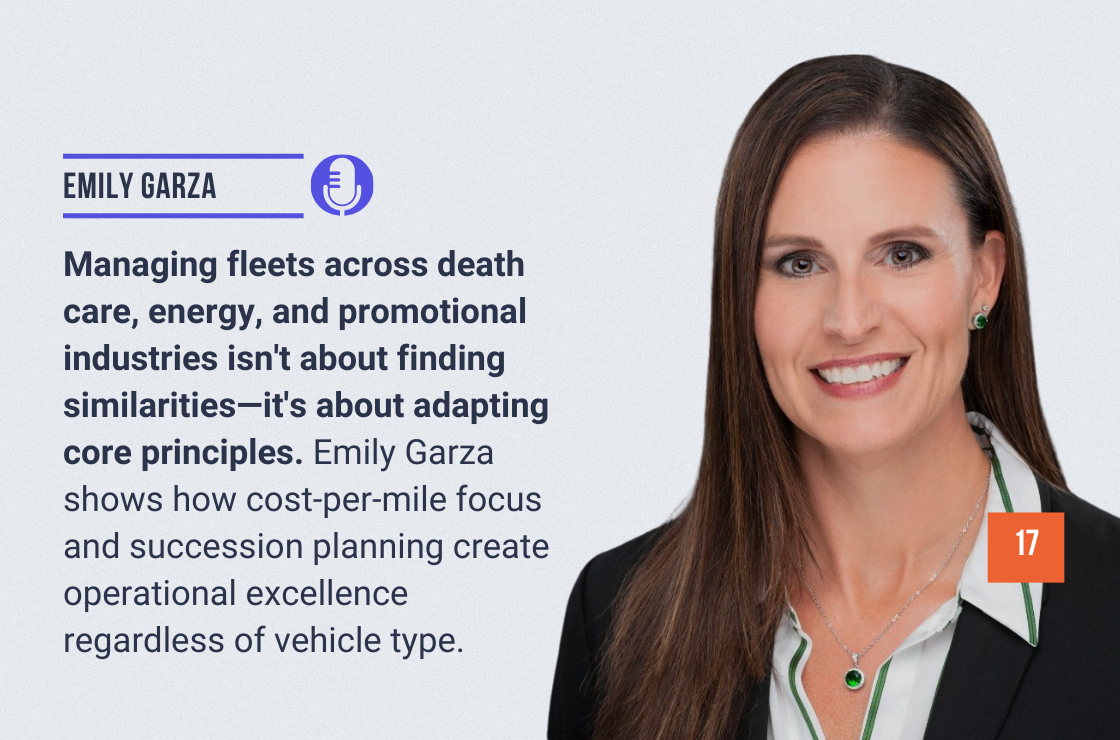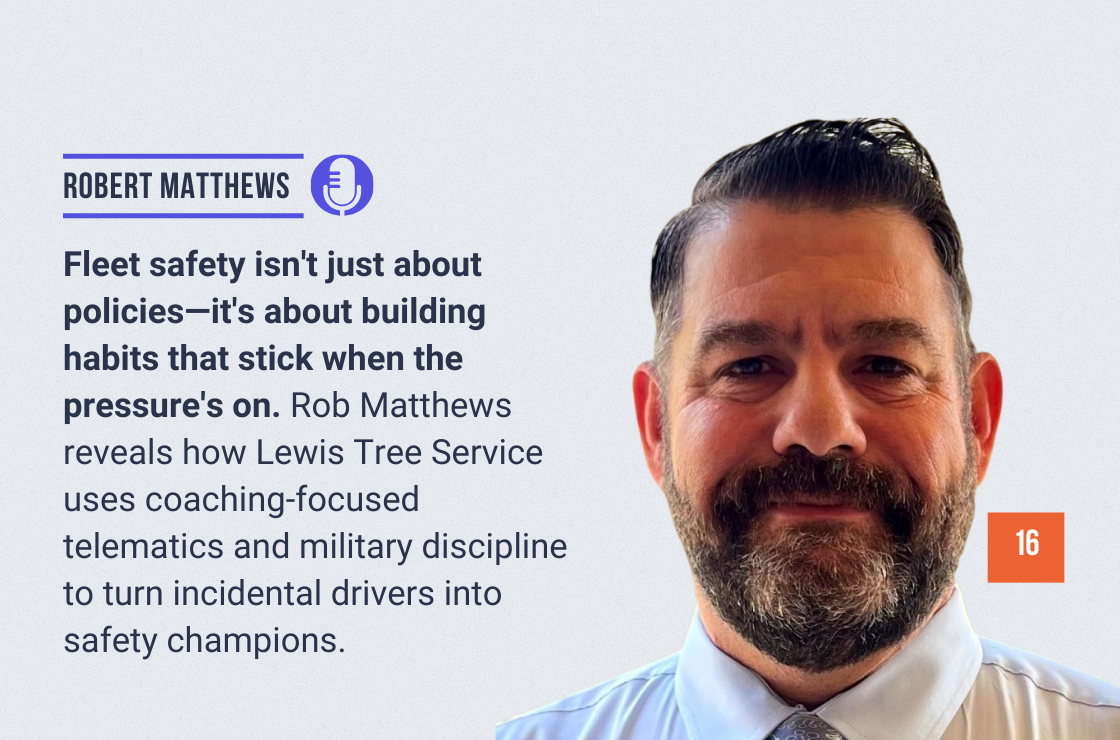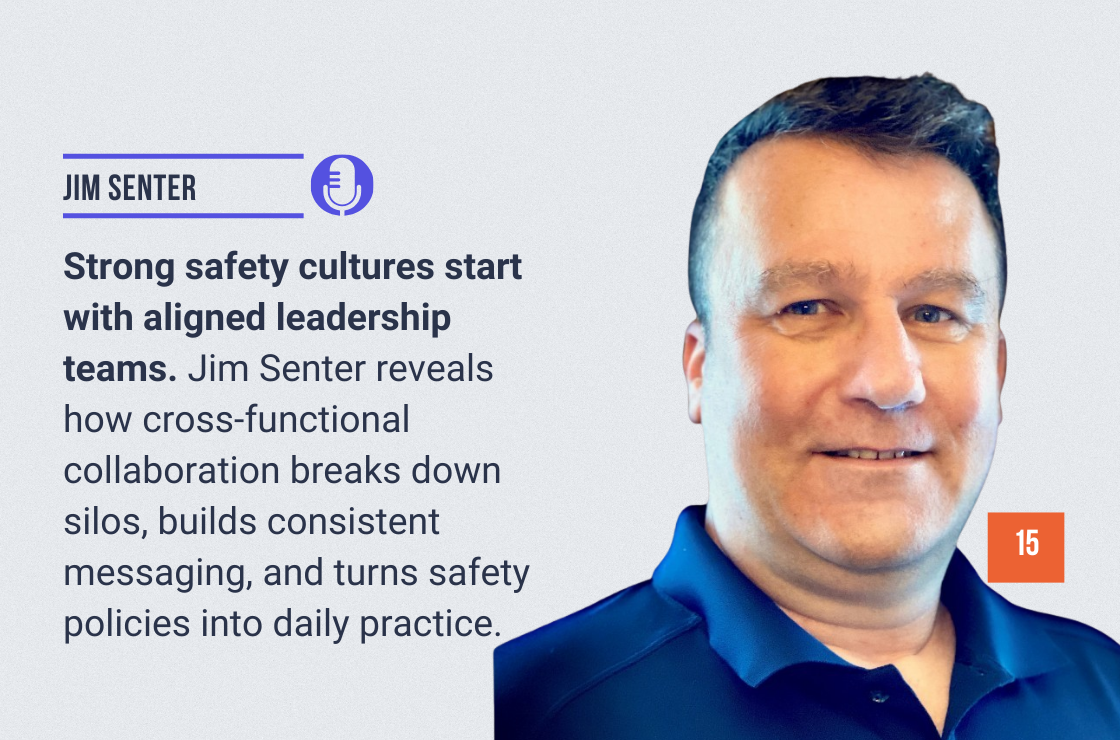
The Hidden Squeeze on Small Fleets
Meet Jim, a small fleet operator with five trucks. Two decades ago, a $1 million liability policy cost about $6K per truck. Now that same coverage stretches to $18K–$22K per unit — a 3–4× jump in recent years and nearly 20× over time. It’s not just numbers; it’s a gut punch.
Small fleets that once cleared $200K annually now scramble to make $70K–$80K — barely enough to keep the coffee machine humming. This dynamic was highlighted in a recent Insurance Business article on escalating premiums and tight profit margins for small operators.
Why Small Fleets Are Particularly Vulnerable
- High Impact of One Bad Claim
A single catastrophic loss (e.g., $1M) can decimate a small fleet’s loss ratio, whereas larger fleets spread risk across dozens of units (Insurance Business America). - Nuclear Verdicts and Actuarial Breakdown
Massive jury awards and unpredictable losses shatter traditional risk models. Insurers assign small fleets 200%+ loss ratio risk, making coverage painfully expensive. - Gray Fleet Liability
Another growing risk area is the gray fleet — when employees use personal vehicles for business purposes. Think pharmaceutical reps, sales staff, or home health workers driving their own cars while on the job. If one of these vehicles is involved in a collision, employers may still face liability. Coupled with nuclear verdicts, gray fleet exposure expands the risk landscape for organizations that
might not even consider themselves fleets.
Tech to the Rescue (If It Actually Gets Underwritten)
- Telematics and AI Safety Scoring
Modern fleet engines collect driver data — speeding, braking, distracted driving — that, if shared, can nudge premiums downward (J. B. Hunt, Geotab, McGriff). Some fleets see 20–30% fewer collisions with telematics-enabled coaching and compliance systems (Intellishift).
But here’s the snag: underwriters need more time to bake these tools into official rating models. - Privacy = Pushback
Inside-the-cabin cameras can help with evidence yet feel invasive. Many drivers reject them even if they boost safety.
More Than Just Insurance — Added Pressures
- Lack of Affordable Benefits
A $200/month health, life, and disability insurance bundle could help drivers, but it’s not on the market yet. - Regulatory Roadblocks
Filing FMCSA updates can take five hours or more, tying up time with login.gov bottlenecks. - Lagging Certificate Systems
RMIS tools used for insurance validation often rely on 30–45-day-old data, making real-time verification impossible
(Commercial Carrier Journal, Insurance Business America, Wikipedia).
What Small Fleets and Brokers Can Do Right Now
| Strategy | Why It Helps |
|---|---|
| Use Telematics (Driver-Friendly) | Focus on outward-facing safety data like braking and route choices to show underwriters you prioritize safety without being intrusive. |
| Group Up — Join Coalitions | Leverage buying power, negotiate with insurers, and gain custom terms often unavailable to solo operators. |
| Push for Bundled Benefits | Advocate for affordable health/life bundles tied to safety programs to retain drivers and reduce turnover. |
| Automate Compliance | Use tools to streamline FMCSA filings and reduce time spent wrestling with government portals. |
| Implement Real-Time Insurance Checks | Work with brokers offering platforms that validate coverage instantly rather than weeks late. |
Small-Fleet Insurance FAQs:
- Why are small trucking fleets facing higher insurance premiums?
Because a single high-cost claim distorts the loss ratio across limited units, plus rising nuclear verdicts churn risk models — pushing insurers to charge more. - How much do small fleets pay for liability coverage today?
Around $18,000–$22,000 per unit for $1M coverage, compared to about $6,000 per unit two decades ago. - Can telematics help reduce fleet insurance costs?
Yes. By tracking behaviors like hard braking, seatbelt use, and routes, fleets can lower claims and qualify for insurer discounts, especially with usage-based insurance models. - What are nuclear verdicts in trucking insurance?
Extremely large jury awards (often tens of millions) that throw off pricing models, especially for smaller fleets that can’t absorb the risk. - How can small fleets manage rising insurance rates?
Adopt safety tech (telematics), bundle benefits, join coalitions, automate compliance, and push for real-time insurance verification systems.
The IMPROV Learning Take
Just like our SPIDER Method™ — seeing what’s coming before you crash into it —
small fleet operators must anticipate where costs, compliance hiccups, and regulatory shifts are headed. Wisdom, tech, and a sense of humor keep you nimble. The freight world may be stacked against small players, but being smart, strategic, and safety-first gives you a fighting chance.


